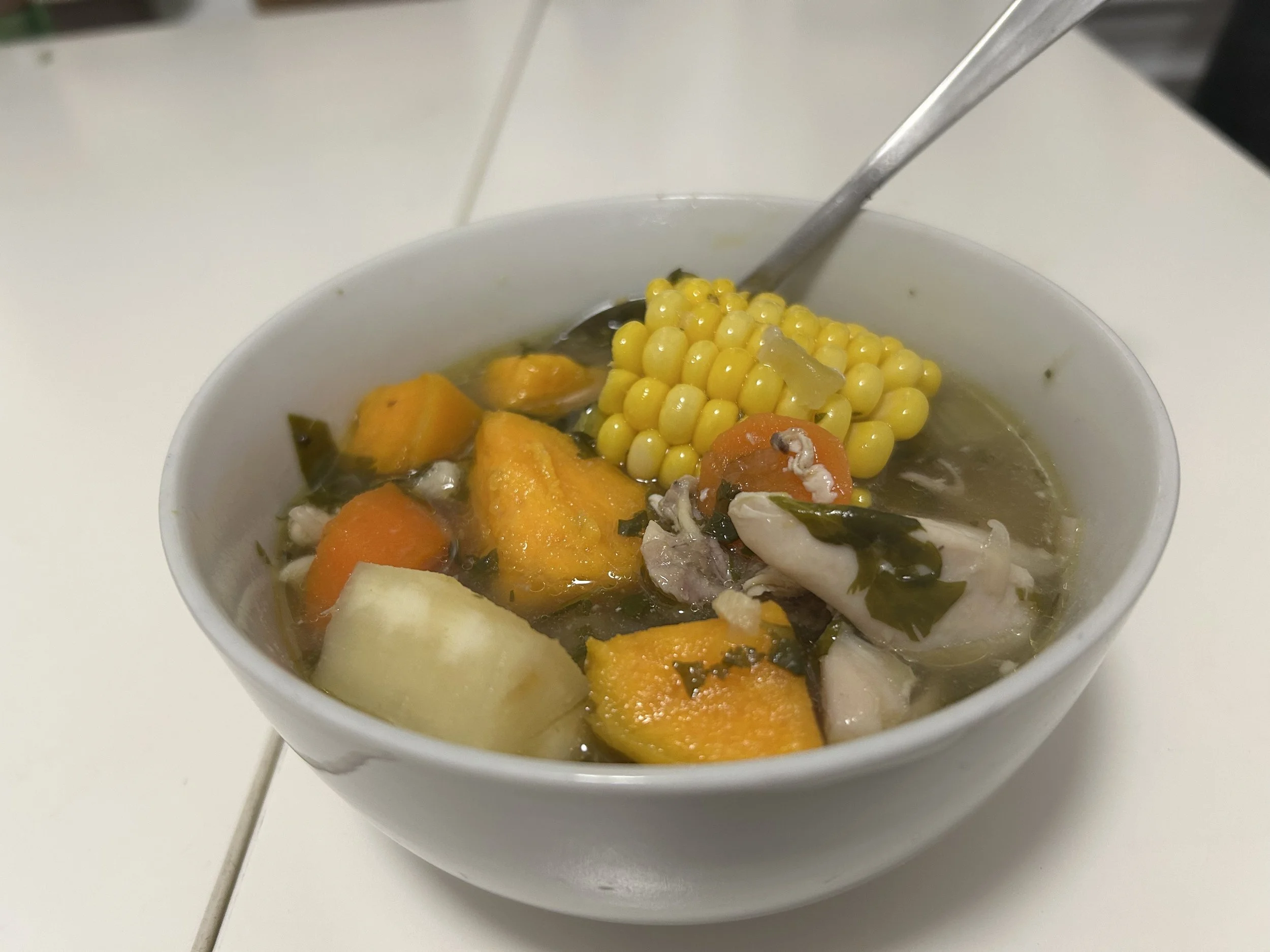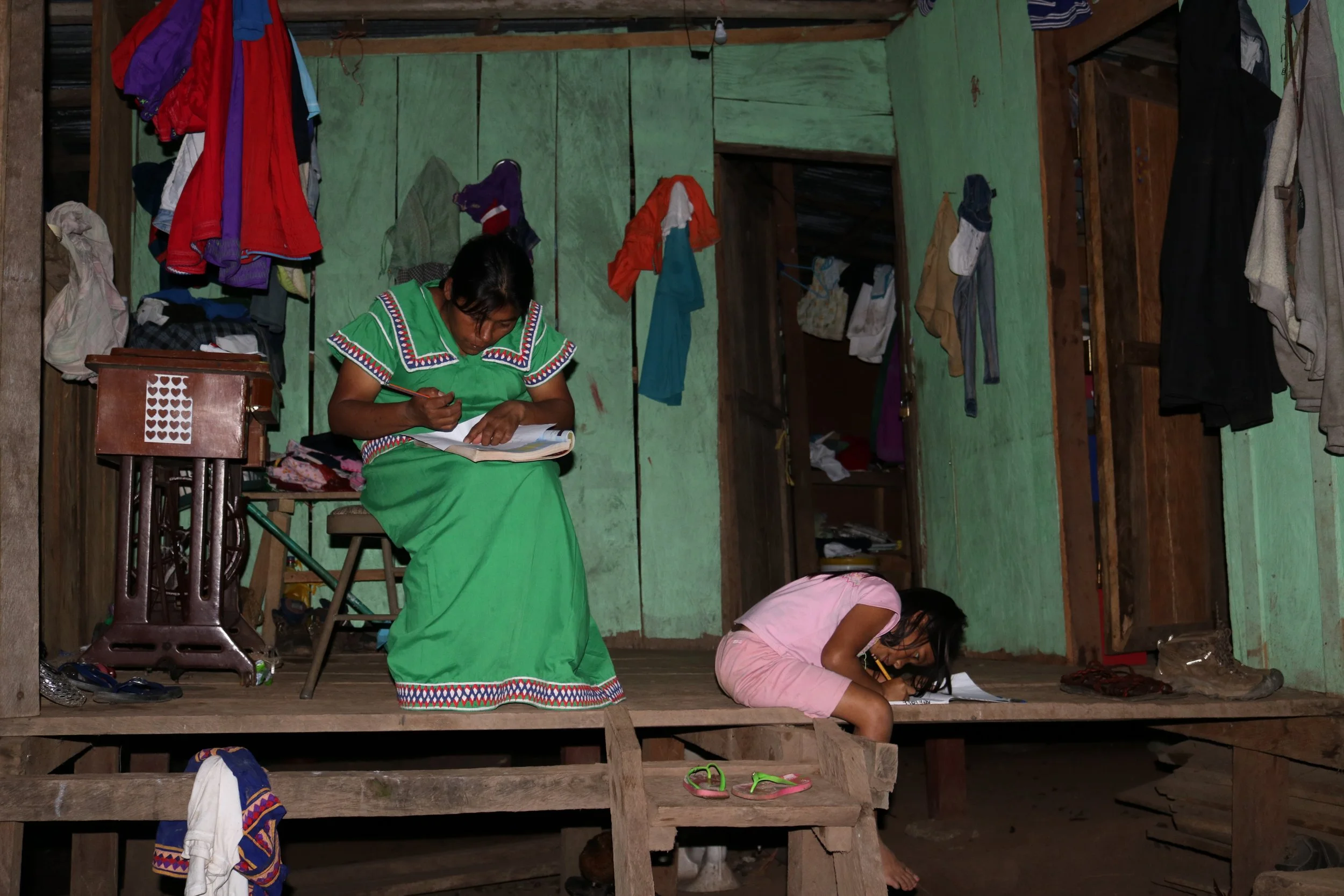Abby Outterson is a Few for Change Board Member and a writer for Public Health Post, an online magazine through Boston University’s School of Public Health that informs broader conversations around public health issues. For Indigenous People’s Day, we are sharing a post she wrote that centers the importance of Indigenous languages to public health.
With almost 40% of the earth’s plants threatened with extinction, plant species with valuable medicinal purposes could be lost. But new findings suggest that Indigenous language loss may be a more urgent threat to valuable plant knowledge than loss of the plants themselves.
Systems of traditional knowledge are in grave danger. The United Nations estimates that more than half of today’s spoken languages have fewer than 10,000 speakers, and a quarter have fewer than 1,000 speakers. Over 3,000 languages are endangered. Over the next hundred years, over 2,000 languages are expected to become extinct, as approximately two Indigenous languages die every month. In an effort to raise global awareness, the United Nations has named 2022-2032 the International Decade of Indigenous Languages.
Rodrigo Ca ́mara-Leret and Jordi Bascompte reviewed Indigenous knowledge of traditional plants and languages in three regions with high biocultural diversity: North America, northwestern Amazon, and New Guinea. They found about 12,000 medicinal uses for more than 3,000 plants, known to people who speak 230 Indigenous languages in these regions. They also found that more than 75% of this medicinal knowledge is unique to a single language. Lose just one language, and knowledge is lost with it.
The graph shows the number of Indigenous languages in North America that mention different medicinal plant uses with a map showing the distribution of languages across the continent. The bar graph below shows how many languages cite each medicinal use. Although one medicinal practice is cited by 30 languages, (the spike on the left,) almost all are cited by fewer than 5 languages, and 73% are known by only one language (red).
The authors compared projected language loss to biodiversity loss and concluded that medicinal knowledge is more strongly associated with threatened languages than with threatened plants. They also predict that further loss of Indigenous languages will “substantially compromise humanity’s capacity for medicinal discovery.”
Few for Change offers scholarships to students with the belief that continuing education will uplift community wellbeing. Olmedo Morales, one of Few for Change’s board members, is a Ngäbe scholar of medicinal plants who, after many years of demanding work, was able to obtain his PhD in biology. Although Olmedo was not a Few for Change scholarship recipient, he is one example of the important role one student’s pursuit of education can play in preserving their native culture.
The Ngäbe-Buglé comarca is home to valuable medicinal plants and knowledge. In Olmedo’s words:
“People in the comarca have a profound love of nature. They do a lot to conserve nature, the river, the forests…and I grew up in a family where plants were considered a treasure, something very valuable, like all of the earth. The people really value nature, and when I was growing up my Mom talked to me a lot about these resources, and called a lot of attention to science, everything to do with plants and animals.”
Olmedo wants to build a research center in the Comarca where he can study medicinal plants native to the region. But, without resources, these kinds of educational opportunities are hard to come by in the Comarca. As Olmedo says:
“Life is difficult in the Comarca because there aren’t a lot of businesses, one has to travel. And there is not a highway, transportation is really expensive and takes a really long time. And also the education system- the program is the same as the program in the rest of Panama, it’s just that the students don’t have access to technology. They don’t have computers, they don’t have internet. When they assign homework, they can’t look anything up, and there aren’t books. The government does not provide books for their education, and so this is a difficult educational situation. Although - you can say that the students, with sacrifice, can learn a lot, but they are missing a lot.”
From what Olmedo and other Ngäbe board members have shared, we know that preservation of nature, plants, and indigenous knowledge are important parts of Ngäbe culture. So is preservation of the Ngäbe and Buglé languages spoken in the Comarca.
Few for Change will continue to support Ngäbe students in whatever career paths they choose, but it is our long-term hope that through education, Ngäbe-Buglé communities will have more resources for development that sustains their culture, communities, and language.
Graph Source:
Rodrigo Ca ́mara-Leret, Jordi Bascompte, Language Extinction Triggers the Loss of Unique Medicinal Knowledge. Proceedings of the National Academy of Sciences, 2021.
Other Sources:
40% of plants are threatened with extinction. (n.d.). Retrieved October 8, 2022, from https://www.nhm.ac.uk/discover/news/2020/september/two-in-five-plants-are-threatened-with-extinction.html
How many languages are endangered? (2019, June 4). Ethnologue. https://www.ethnologue.com/guides/how-many-languages-endangered
International Decade of Indigenous Languages 2022 – 2032 | United Nations For Indigenous Peoples. (n.d.). Retrieved October 8, 2022, from https://www.un.org/development/desa/indigenouspeoples/indigenous-languages.html
Two indigenous languages are dying every month: UN Assembly President | UN DESA | United Nations Department of Economic and Social Affairs. (n.d.). Retrieved October 8, 2022, from https://www.un.org/development/desa/en/news/social/indigenous-languages.html














